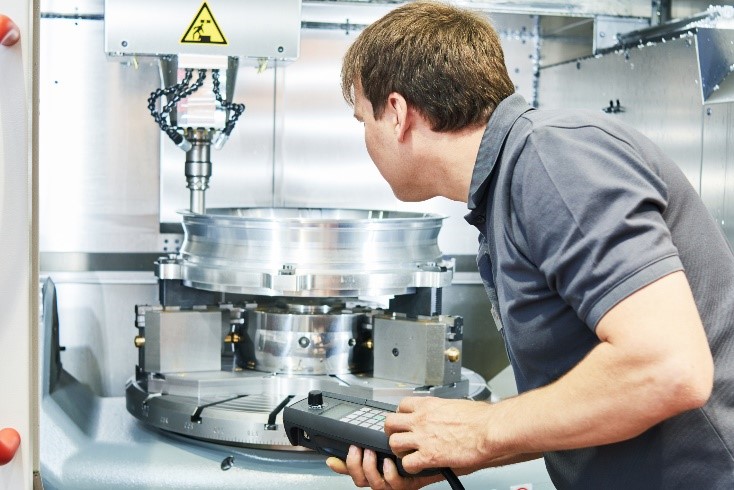


UK manufacturing has always stood for resilience, ingenuity, and world-class engineering. But in 2025, the sector faces a series of mounting challenges—both longstanding and emerging. From global uncertainty to local policy shifts, manufacturers are navigating a complex landscape that demands adaptability, innovation, and courage.
Here’s a closer look at the key issues currently shaping the industry.
The so-called “Trump effect” continues to ripple through international trade. Rising tariffs and increasing protectionism are fuelling what some are calling “slobalisation”—a slowdown in globalisation that’s tightening supply chains and deterring investment, especially in automotive manufacturing. Add rising inflation to the mix, and manufacturers are grappling with a volatile global market that’s making long-term planning increasingly difficult.
One of the most critical issues is the shortage of skilled workers. A staggering 75% of manufacturing professionals identify this as the biggest barrier to growth in 2025. The sector faces tough competition from tech and finance industries, which often appear more attractive to young talent.
The Apprenticeship Levy, while well-intentioned, remains a complex and often frustrating scheme. Simplifying the process and improving access to funding could be pivotal in closing the skills gap and attracting the next generation of engineers and machinists.
As global supply chains grow more fragile and costly, reshoring and nearshoring are gaining ground. Manufacturers are prioritising operational security, speed, and flexibility—especially as product life cycles shrink and consumer expectations evolve faster than ever.
Regulations like the EU’s General Product Safety Regulation (GPSR) further underscore the need for transparency and agility in supply chains. Being closer to customers and production means UK manufacturers can innovate and adapt more effectively.
Advanced technology is critical to enhancing productivity and staying competitive, yet adoption remains uneven across the sector. While aerospace and automotive are leading the charge, many SMEs are falling behind due to financial constraints, tight budgets, and a lack of digital expertise.
There’s also an emotional barrier: fear of change, of failure, and of the unknown. Many manufacturers are wary of the complexity and perceived risks of digital transformation.
Take robotic density as an example: Germany has 297 robots per 10,000 workers. China has 322. The UK? Just 101. That gap underscores the opportunity—and urgency—for UK manufacturers to invest in smart automation.
Manufacturers are also under increasing financial pressure. Data from Make UK reveals:
These pressures are forcing businesses to rethink how they operate, where they source materials, and how they manage their workforce.
It’s clear this isn’t the easiest time to be in UK manufacturing—but it’s also clear that the sector has the grit to turn challenges into opportunities.
At 1st MTA, we witness the strength of UK manufacturing every day. We see the innovation, the engineering brilliance, and above all, the sheer dedication of the people behind the machines. As the industry leans into localisation, automation, and digital transformation, we believe the future is still bright.
With the right support and tools, UK manufacturers won’t just survive 2025—they’ll thrive.